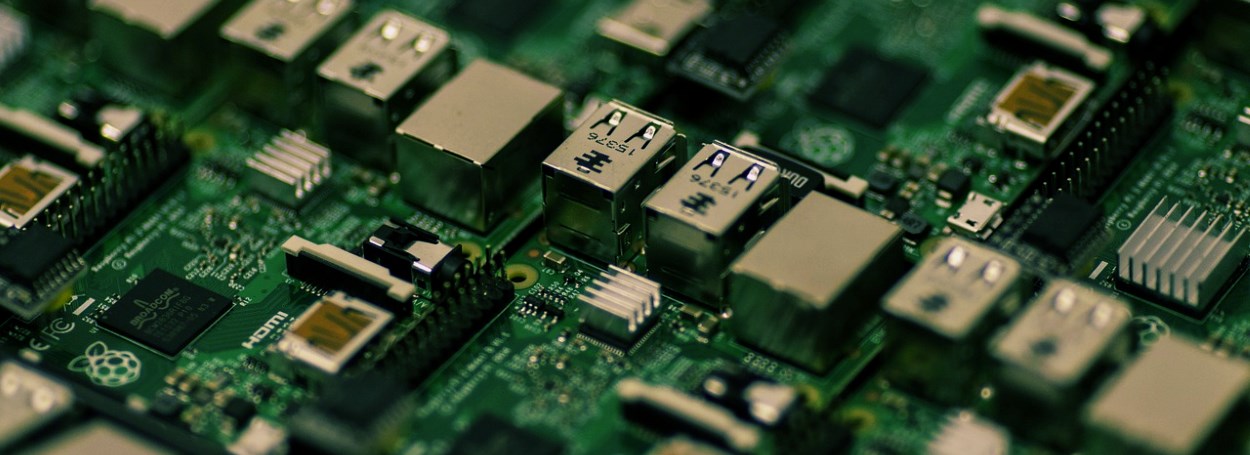
Due to the use of weak cryptography in the IEEE P1735 electronics standard, attackers can recover highly-valuable intellectual property in plaintext.
The Institute of Electrical and Electronics Engineers (IEEE) P1735 standard describes a series of methods and techniques for encrypting information about the hardware and software inner workings of chips, SoCs, integrated circuits, and other electronic equipment.
The standard is used to protect intellectual property (IP) for commercial electronic design and allows hardware and software vendors to mix their code together to create new products, while at the same time protecting their creation from reverse-engineering and IP theft.
In simpler words, IEEE P1735 is a DRM for low-level hardware components that allows code from different manufacturers to work together but remain encrypted.
Almost all hardware and software vendors use IEEE P1735 to protect their work, for obvious reasons.
Academics put P1735 under the microscope
A team of five researchers from the University of Florida has recently reviewed the standard against a series of common cryptographic attacks.
Their investigation discovered numerous problems with IEEE P1735, among which the biggest problem is a vulnerability that allows an attacker to bypass encryption safety guards and access the underlying intellectual property in cleartext.
Access to such information is dangerous, as it could lead to competitors stealing each other's work, putting smaller companies out of business, and the creation of market monopolies or duopolies that would allow corporations to control product prices to the detriment of the regular user.
In addition, researchers found other flaws that while they didn't allow access to the underlying IP information, they let attackers to hide hardware trojans inside products with the aid of the P1735 standard.
Furthermore, because in most cases IP content from different vendors ends up on the same device, one vendor could use these vulnerabilities to sabotage its competition and ensure manufacturers buy IP only from them.
Researchers find seven major crypto bugs
The research team's full findings are available in a research paper titled "Standardizing Bad Cryptographic Practice," published at the end of September. A summary of all the major vulnerabilities is available below.
CVE-2017-13092: improperly specified HDL syntax allows use of an EDA tool as a decryption oracle
CVE-2017-13093: modification of encrypted IP cyphertext to insert hardware trojans.
CVE-2017-13094: modification of the encryption key and insertion of hardware trojans in any IP.
CVE-2017-13095: modification of a license-deny response to a license grant.
CVE-2017-13096: modification of Rights Block to get rid of or relax access control.
CVE-2017-13097: modification of Rights Block to get rid of or relax license requirement.


Comments
Occasional - 6 years ago
Yet another BC article that shows the cybersecurity emperor has no clothes.